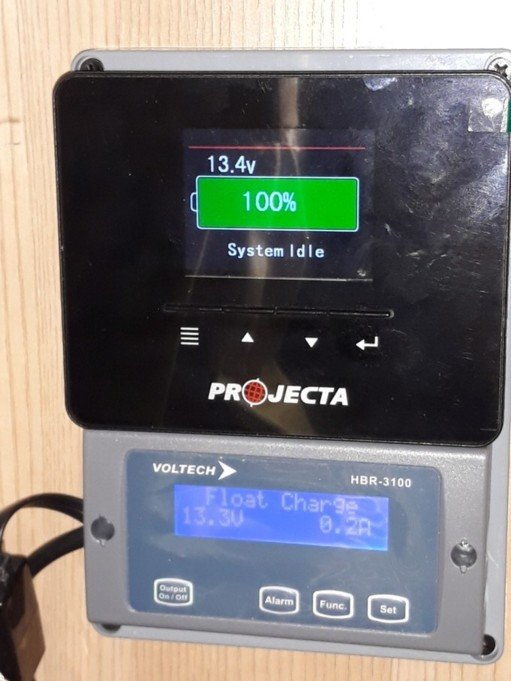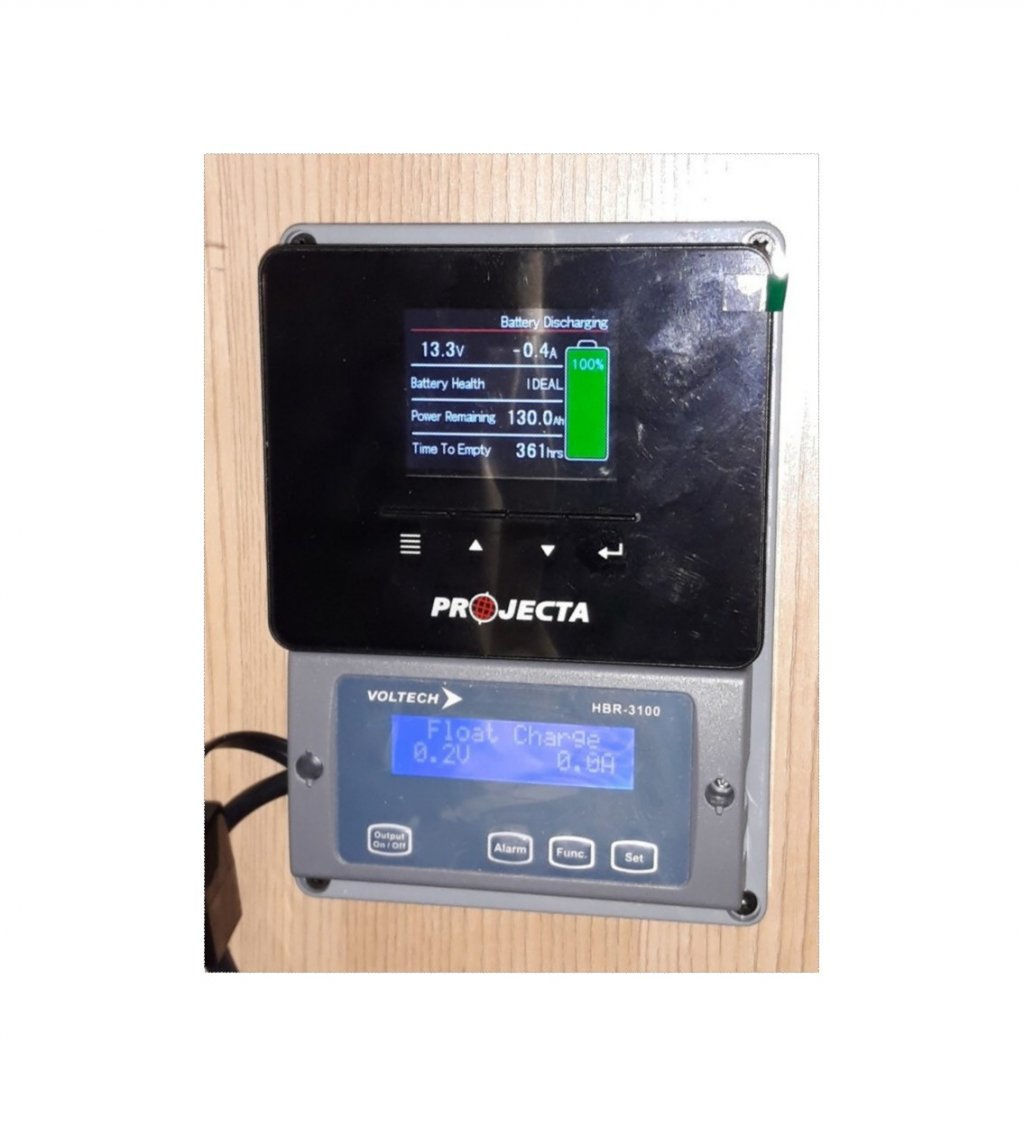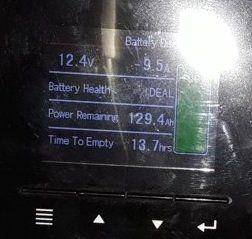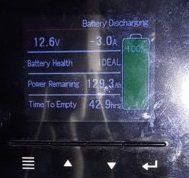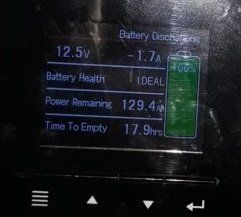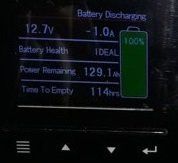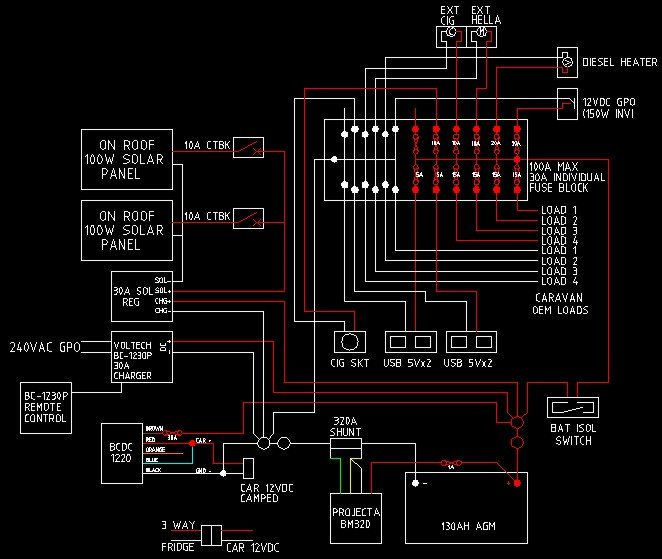Nightjar said:
RR, What am I missing, read your last post and can't fathom your method? You told your brother to do the same thing and he recovered his battery "What, same thing?"
Patients my Friend.
I didn't go in to it yet because it is a work in progress But Now I am about to do the final stage,
Thing Is every time I charged my AGM within a few minutes the Voltage would drop down to 12.49 to 12.39 within 2 and a half minutes from coming off the Big Noco G26000 Smart Charger so I would have to charge it every couple of weeks, After using my Brothers AGM as a Test Pilot and that worked out really good I decided to try the process on mine,
So I got Big Red that's what I call my old fashioned type wheeled 35A/320A workshop charger and set it to Max = Number 3 setting and hooked it on to the 80Ah/800cca AGM that came out of my Ford Van/Camper, I hooked on my Fluke Multi meter on to the Charger Clamps and let her Rip until the Voltage Climbed up to around 15.060v,
At this point I switched the Amp setting to Number 2 and the Voltage was reading around 13.6 to 13.8v and I let her rip again until the Voltage got up to around 15.040 to 15.060v again, Then I switched it to Number 1 the lowest setting and left it to do it's thing and this time the Voltage got up to around 14.7 to 14.800v and then I disconnected Big Red,
At this point I hooked the Big Noco G26000 Smart Charger and set it to AGM and let it do it's thing, The light went through there charging process very quick and Once the Green Light was solid the Noco Chargers just sit there making a clicking/Pulsing sound about every 2 seconds So I left it doing that and it finally stopped doing that after 7 or 8 hours later, Once it had Stopped I Set the Noco to the REPAIR Mode which takes exactly 4 hours to the second,
Once it had turned off I checked the AGM with the Multi meter and after exactly 3 hours the battery was holding 12.78 Volt Which was a Good Sign, So then I thought I wonder if I do it again will it make it even better So after the 3 hours rest I hooked up Big Red again and it ran through the power levels going from 3 down to 1 Very quickly because it was fully charged So each phase did not take long to reach a peak of 15.0v +/- and once that was Done I hooked up the big Noco and let it charge the AGM Normally, which took about another 4 hours +/-, Once it had finshed the Clicking/Pulsing which is the equalizing stage I then set the Big Noco to the Repair Mode and again exactly 4 hours later it shut off,
SO Tonight I left the Noco hooked up to the AGM but it was turned of I left the Multi meter hooked up to the Charging Clamps and After 9 hours from being off Charge The AGM is now holding over 12.900v. So Now I am going to repeat the process one final time,
Please note You can not use a Normal charger to fully charge a Perfectly healthy AGM because that must be done with a Smart Charger because a Smart Charger fires it's power in short Pulses until it reaches it's peak as it did when I hooked it up to the AGM,
BUT If the AGM is messing about It will Not except those Pulses and a lot of the time the Smart Charger will keep resetting it's self and starting it's Charging process when it gets to a certain point So the battery Never gets Charged, This is where Chargers Like Big Red Come in to Play because they put out Constant Amps and Constant Volts So it forces the AGM Battery to except the incoming Power and once you repeat the 3 stages of Big Red and then Charge with the Noco and then use the Repair mode of the Noco and repeat the whole process again Your Lazy AGM will come back to life,
Sorry if I was a bit Vague before I posted this but if it all went Tits Up I did not want to waste any ones time, even more so if I blew the AGM to bits,
When I removed the AGM from the Van it was reading 11.7v and when ever I took it off the charger it was reading around 12.39v within 2 and a half minutes and that was about 2 or 3 months ago I noticed it doing that but it has been a right Royal PIA ever since I parked it out side back in February and Now it working again and now it is 10 hours off the charger and it is reading 12.898v, So I am going to give it One More Batch of the full treatment and leave it at that, because each time I have done this process the AGM has got better and Better and not forgetting it worked on my Brothers AGM also, So 2 for 2 is a pretty good result I reckon, :Y:
J.





